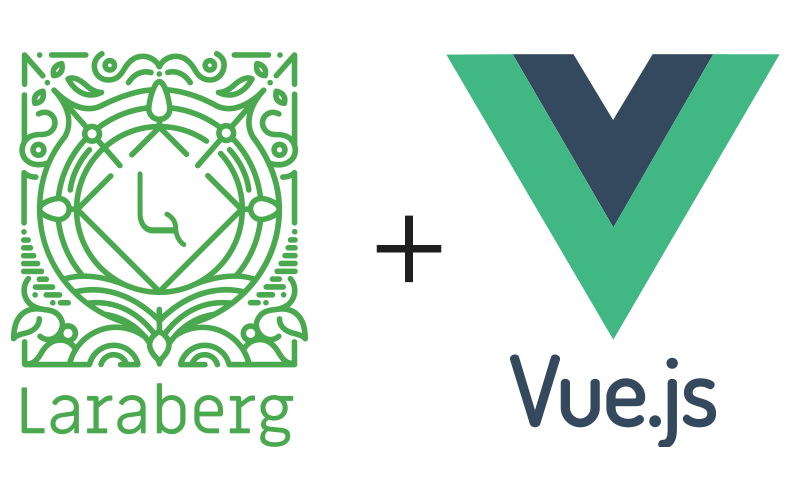Laraberg Vue
This package contains editor-only part of Laraberg that can be implemented in your Vue.js app. For the backend, using Laraberg is required.
Its API can handle cookie-based authentications nicely (for example, Laravel Sanctum). You can edit src/js/api/api-fetch.js in case you need to deal with API calls (such as token-based auths). Read development section below for more details in this case.
Installation
Simply run the following command:
npm install --save laraberg-vueUsage
You can examine a working project in Laraberg Vue Example repository.
Import and use the plugin. You may need to consider your backend API endpoint URL for Laraberg in the prefix option:
; VueYou can pass other Laraberg options too. It's also possible to easily register your custom blocks. See Laraberg Vue Example project for advanced usage.
Now, use it in your template:
<template> <laraberg-editor v-model="html"/></template> <script> export default { data: () => ({ html: ` <!-- wp:heading --> <h2>Welcome</h2> <!-- /wp:heading --> ` }), }</script>Limitations
This package is based on Laraberg frontend sources and under the hood, these both use Wordpress Gutenberg editor. Only a single Gutenberg editor can present on the page at the time.
Development
Building the package from source directory needs some more steps and that's because of how Gutenberg should be built (>250MB). I'm taking instructions from here:
1- Clone this repository:
git clone git@github.com:evryn/laraberg-vue.git2- Download Wordpress Gutenberg v8.1, extract it into a directory
3- In extracted directory, build Wordpress Gutenberg and link it to your global node_modules:
npm installnpm run buildsudo npm link4- Go back to this project's cloned directory and link global gutenberg to local node_modules:
npm installnpm link gutenberg⚠ NOTE: If you need other packages to install, it's good idea to remove
gutenberglink from local node_modules and link it after installation. Or else, you may need to go through step 1 with those time consuming tasks.
Now you can do your changes. You may serve and preview it with:
npm run serveAt the end, build final assets into dist directory:
npm run build